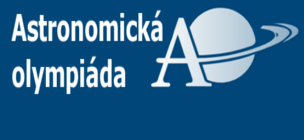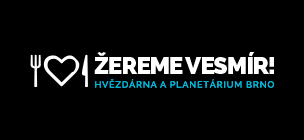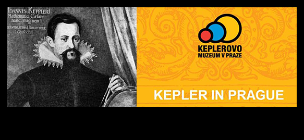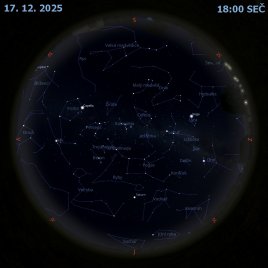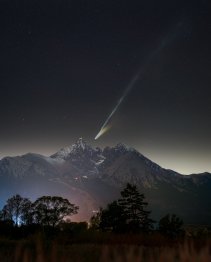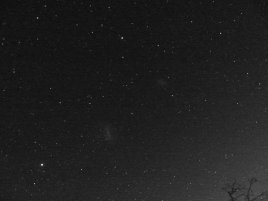Fotogalerie: (Skoro)letní setkání Měsíce a jasných planet
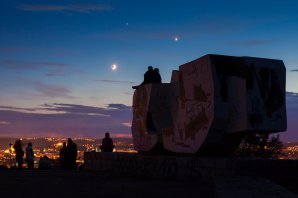
Autor: Pavel Gabzdyl
O víkendu 20. - 21. června 2015 jsme se mohli za přízně počasí kochat nad západním obzorem fantastickým seskupením mladého Měsíce a dvou nejjasnějších planet oblohy, Jupiteru s Venuší. Trojice výrazných kosmických poutníků byla tak pozoruhodná, že i ti, kteří o ní předem nevěděli, byli beze slov unešeni více nebeskou nádherou, než původním cílem. Jako například v Brně, kde se mnozí sešli za vyhlížením každoročního svátku ohňostrojů "Ignis Brunensis", ovšem kosmické divadlo plánovanou světelnou šou zcela přebilo. Nezvyklá podívaná se zase nějaký čas na nebi neodehraje, a tak kdo neměl možnost tuto krásnou konjunkci sledovat, si může alespoň prohlédnout již došlé snímky čtenářů, kterým za jejich fotografické úlovky děkujeme... a těšíme se na dodatečné další třeba právě od Vás!
Aktualizováno: 23. června 2015, 15:16 SELČ.
Snímky jsou v galerii řazeny od nejnověji zaslaného. Své fotografické úlovky můžete do galerie zasílat přes formulář. Zdařilé záběry rovněž nezapomeňte zaslat do České astrofotografie měsíce.
Zdroje a doporučené odkazy:
[1] Druhá půle června plná vzácných úkazů
[2] V sobotu spatříme seskupení dvou nejjasnějších planet s Měsícem
[3] Nejnovější příspěvky čtenářů Astro.cz
| Náhled | Kategorie | Místo pořízení | Datum | Autor |
|---|
